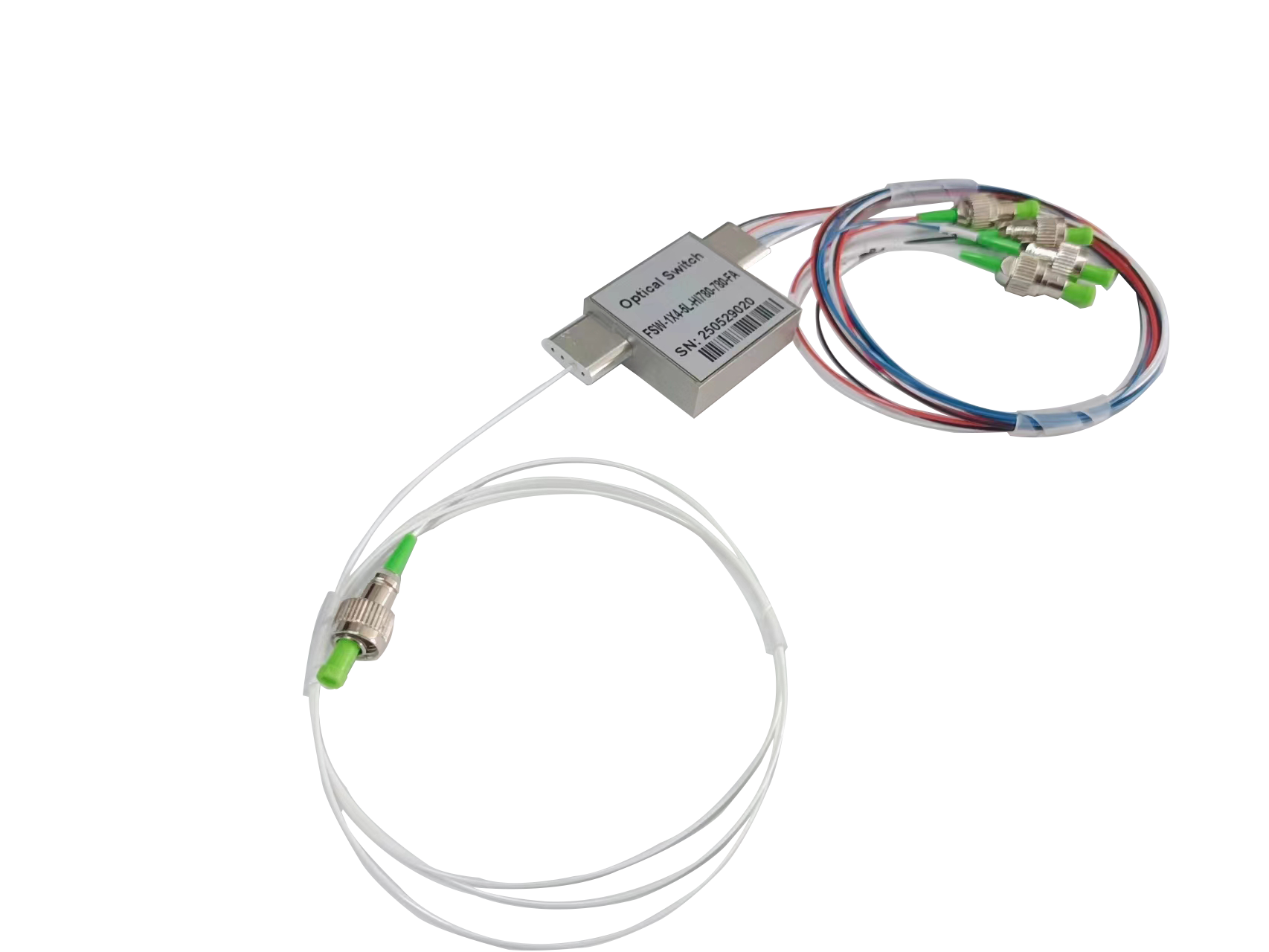“Echo” in optical communication – Return Loss
In optical communication, Return Loss (RL) is a key parameter to measure the proportion of energy lost by reflection during transmission of optical signals, which directly affects system performance and signal integrity. The following is a detailed analysis:
1. Definition and physical meaning
Return loss: refers to the ratio of incident light power to reflected light power (in dB), which is used to quantify the impact of reflection on the system.
The larger the value, the better (such as 40dB means that the reflected power is only 0.01% of the incident).
The difference from reflection loss: Reflection loss refers to the power loss directly caused by reflected light, while return loss is a logarithmic measure of reflection intensity.
2. Causes
Impedance mismatch: sudden change in refractive index at the fiber connector, fusion point or device interface (such as air gap, pollution).
Fiber defects: bends, cracks or manufacturing unevenness.
Active connector: end face contamination, scratches or misalignment (such as PC/UPC/APC connectors, APC has the smallest reflection due to the 8° bevel).
3. Impact
Signal degradation: The reflected light interferes with the original signal, resulting in noise and phase jitter.
Light source instability: The laser may produce wavelength drift or mode hopping due to reflected light feedback.
System bit error rate: Especially significant in high-speed (such as above 100G) or long-distance (such as coherent communication) systems.
4. Typical scenarios and requirements
Connector: APC type return loss is usually >60dB, UPC >50dB, PC >40dB.
Fiber splice: Good splice RL >60dB.
System design: ITU-T G.957 stipulates that the RL of the SDH system generally needs to be >24dB.
5. Optimization measures
Use APC connector: The bevel end face design reduces reflection.
Cleaning and alignment: Ensure that the connector end face is dust-free, undamaged, and accurately aligned.
Refractive index matching gel: Reduce Fresnel reflection caused by air gap.
High-quality welding: Optimize welding machine parameters to reduce welding point loss.
6. Test method
Optical time domain reflectometer (OTDR): Locate reflection point and measure RL.
Return loss tester: Directly inject optical signal and detect reflected power.
Is return loss important?
There is no doubt that return loss is very important for optical communication.
From the signal point of view, it affects the transmission quality of the signal. The greater the return loss, the less reflected light, and the more stable the signal transmission will be. For example, in optical fiber communication, high return loss can reduce signal reflection interference and improve communication quality. From the perspective of equipment, appropriate return loss can protect optical devices. For devices such as lasers that are sensitive to reflected light, the return loss must be appropriate to work properly. From the perspective of system stability, optical return loss affects the entire system. Appropriate return loss can avoid unstable situations such as system self-oscillation. Therefore, return loss is an important parameter that cannot be ignored in optical communication and optical device applications.
What factors affect return loss?
In actual optical transmission system engineering, what factors will affect the return loss indicator? In summary, the most common ones are: end face quality and cleanliness. End face defects of optical fiber (such as scratches, pits, cracks, etc.) and particle contamination will directly affect the performance of the connector, resulting in poor return loss in the system. Fiber breakage and poor plugging. Sometimes, although the optical fiber is broken, it can still guide light through, but this will cause poor return loss. The optical fiber is too bent and the bend exceeds the nominal bending radius. The optical fiber can be bent, but bending too much will also cause a significant increase in light loss and may also directly cause damage. In view of this, we must avoid the above situations in actual engineering, otherwise it will introduce poor return loss, which will affect the quality of optical communication.

Comments are closed